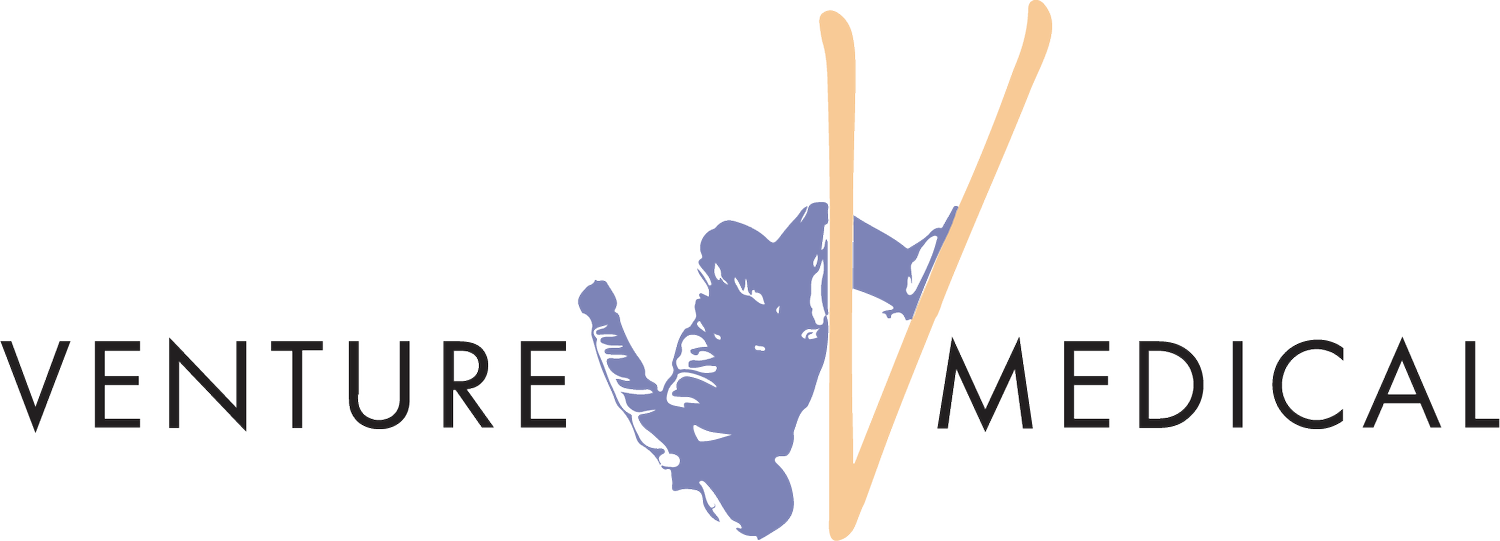MEDICAL-FISH-SKIN COMPANY KERECIS THE FASTEST GROWING COMPANY IN THE U.S. REGENERATIVE-TISSUE MARKET
SALES AND MARKET SHARE MORE THAN DOUBLE
ARLINGTON, VA and REYKJAVIK, ICELAND — December 22, 2020 — Kerecis is the fastest growing company in the regenerative-tissue market in the United States according to SmartTRAK Business Intelligence, which compared industry-sales and market-share data for 3Q 2020 to 3Q 2019.
During that time, sales of Kerecis Omega3 Wound grew 120% in the U.S., making Kerecis the fastest growing company in this billion-dollar market. The increase in quarterly sales makes the company the 11th largest vendor in regenerative tissue for 3Q 2020, up from 14th largest in 3Q 2019.
“Compassion for patients drives our growth,” explains founder and CEO Fertram Sigurjonsson. “We want trained medical professionals to have our innovative fish-skin technology on hand to save lives.”
Kerecis saw its market share grow over 100% in this time period as a result of rapid market expansion and favorable market reception of its FDA-approved, patented fish-skin products. The company achieved its 120% growth in sales organically.
Kerecis has more than doubled its sales every year since entering the U.S. market in 2016. The Icelandic Growth Consortium named Kerecis Iceland’s fastest growing company in both 2020 and 2017.
The company is diversifying applications of its technology. “Tens of thousands of patients have been treated with our sustainably sourced, fish-skin graft,” said Sigurjonsson. “Our initial growth came from treating diabetic wounds, but now more and more wounds of other types are being treated, such as acute and burn wounds.”
The Kerecis fish skin has favorable reimbursement and is available to the Veterans Health Administration (VHA) through a purchase agreement with MellingMedical. Some 9 million veterans are served by the VHA, the largest integrated health care system in the United States.


